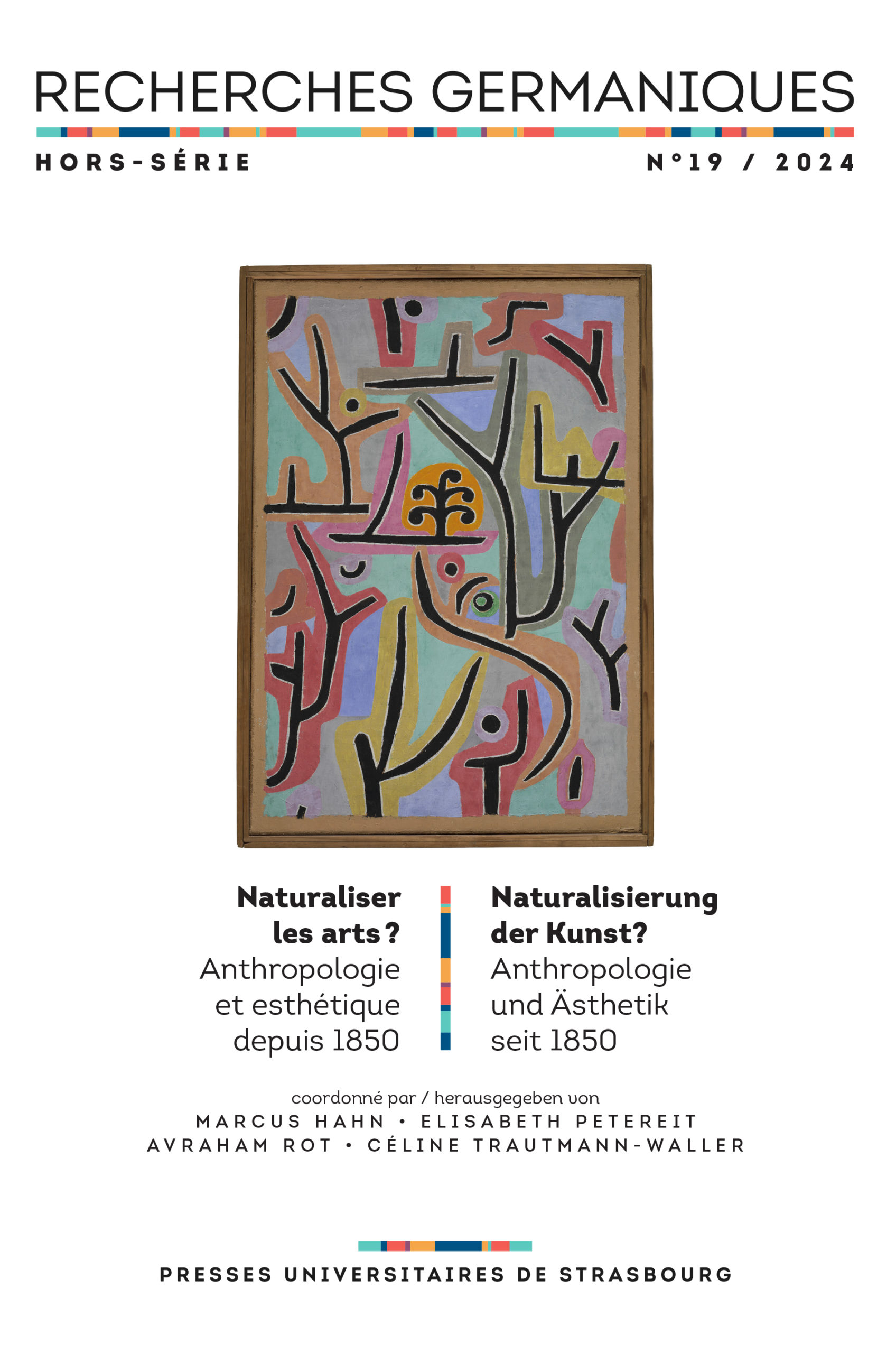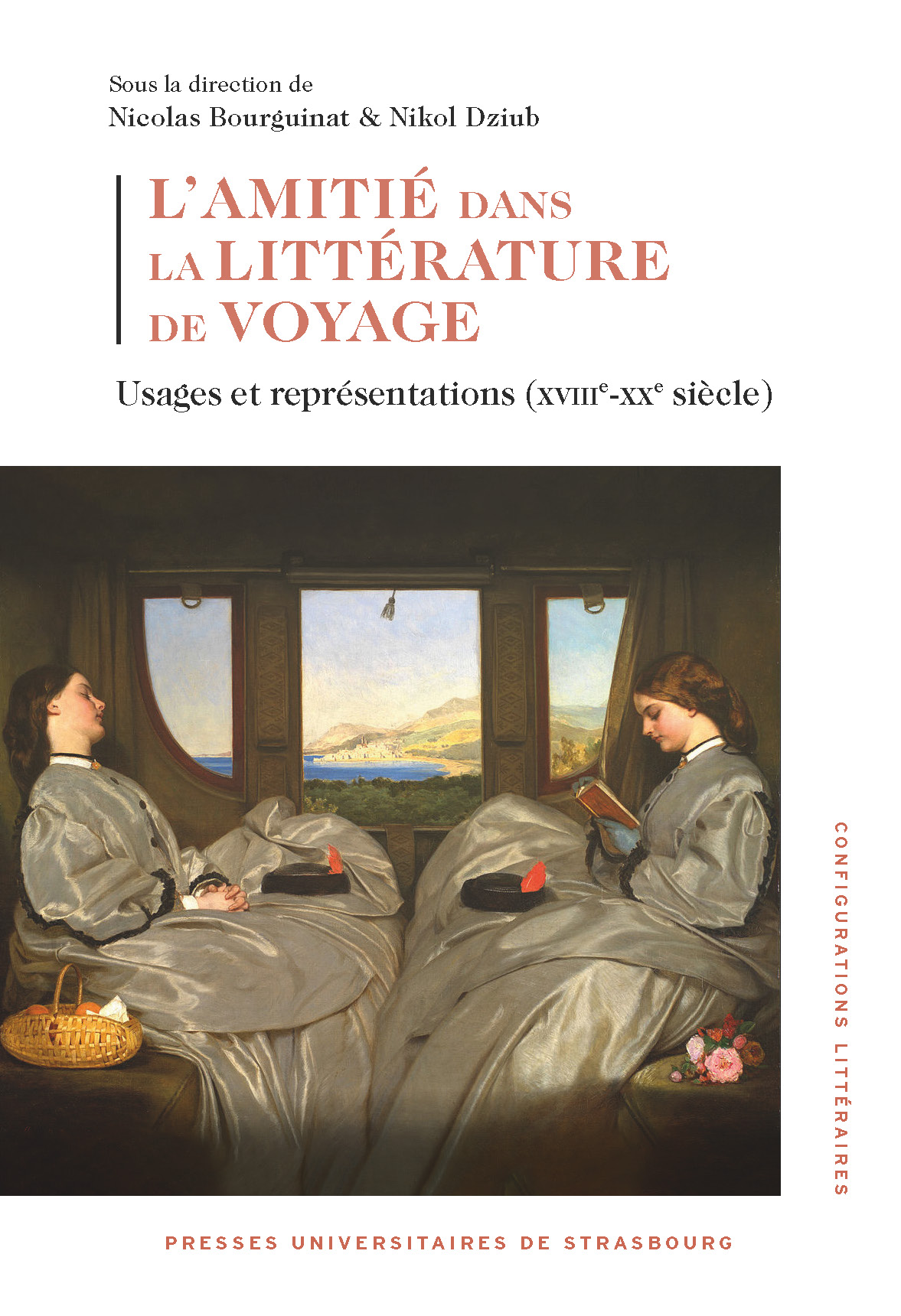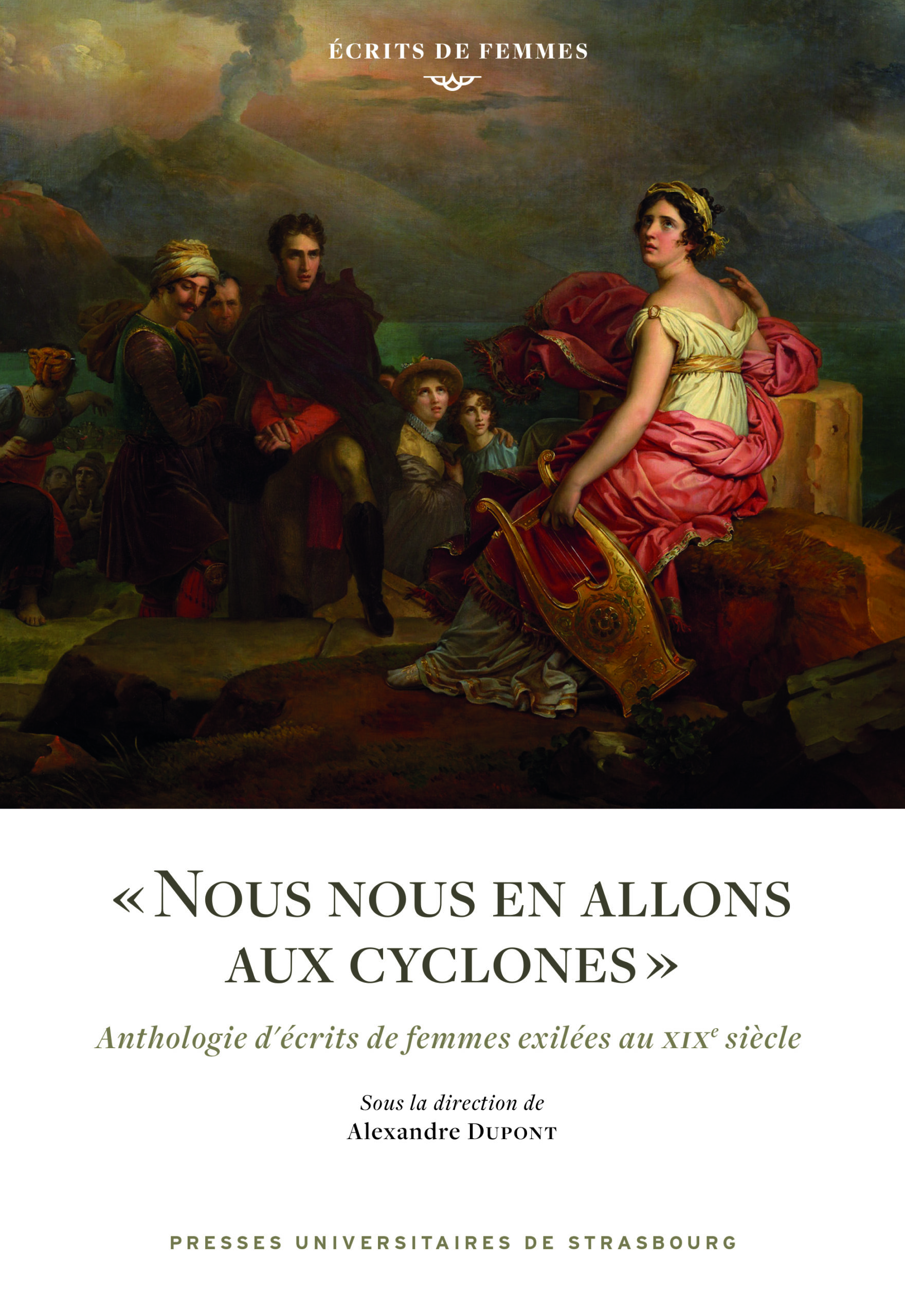- les PUS
- thématiques
-
- collections
-
- revues
-
- auteurs
- catalogue
- newsletter
Menu
This book explores the diversity of cultural contexts through which knowledge was circulated between Britain and the Middle East, from the late medieval period to the early twentieth century. The variety of cultural practices and sites of encounter which are explored highlights the multi-layered dimension of these exchanges.
This interdisciplinary collection of essays, in keeping with recent historiographic approaches to East-West cultural relations, focuses on the material and spatial conditions of cultural encounters between Britain and the Middle East, from the late Middle Ages to the dawn of the twentieth century.
By exploring a diversity of contexts and sites of encounter (from cosmopolitan cities to private collections), and by underlining the manifold nature of cultural exchanges connected with them, the essays outline the dynamic and complex interplay which contributed to the circulation of knowledge between these regions.
They also bring together a variety of practices (diplomatic, geographical, aesthetic, archaeological, literary or commercial) in order to highlight the multi-layered dimension of these cultural transfers and exchanges.
Introduction
Caroline Lehni – East and West Standing Face to Face: For a Material History of Cultural Contacts.
I. Scripting the Orient
Fanny Moghaddassi – Staging English Contacts with the Middle East in Mandeville’s Travels;
Jacqueline Jondot – Gregory Wortabet “of Bayroot, Syria“: A Failed Encounter?;
Yann Richard – The British in Persia in the late Qajar Era: New Historical Evidence.
II. Mapping the Orient
Damien Coulon – The English in the Levant in the 12th and 13th Centuries: New Geographical and Cartographic Approaches in the Wake of the Crusades;
Daniel Foliard – Conflicted Cartographies of a Peninsula: Deconstructing Fraser Hunter’s 1908 Map of Arabia.
III. Objects Transferred
Gerald MacLean – Ottoman Things in Early-Modern England;
Christoph Heyl – Oriental Objects in 17th Century English Cabinets of Curiosities: The Tradescant Collection.
IV. Sites Turned into Sights
Hélène Ibata – The Orient at Leicester Square: Virtual Visual Encounters in the First Panoramas;
Hélène Braeuner – British Travellers in the Isthmus of Suez, from Napoleon’s Campaign (1798) to the Construction of the Canal (1859);
Wendy Shaw – Framing Istanbul: Resonances of the Photography of James Robertson in Envisioning the City.
V. Orientalist Contact Zones
Isabelle Gadoin – Jules Mohl: A Missing Link in the Complex Network of Nineteenth-Century Orientalism?;
Nader Nasiri-Moghaddam – The First British and French Archaeological Investigations in Susa during the 19th Century;
Stéphanie Prévost – Dialogues with the Dead, and with the Living too! British Egyptology Societies and the Politics of Preservation (1882-1898).
VI. Transposing Legal and Political Principles
Pauline Collombier-Lakeman – Irish Nationalist MPs and the Egyptian Revolt of 1881-1882: An Example of Cross-Imperial Solidarity?;
Willem Floor – The Murder of Bibi Asilah: A failed early mixed-court case in Qajar Iran.
24,00 € TTC




Presses Universitaires de Strasbourg
Université de Strasbourg
4, rue Blaise Pascal – CS 90032
67081 Strasbourg cedex
tél. +33 (0)3 68 85 62 65
2024 – tous droits réservés